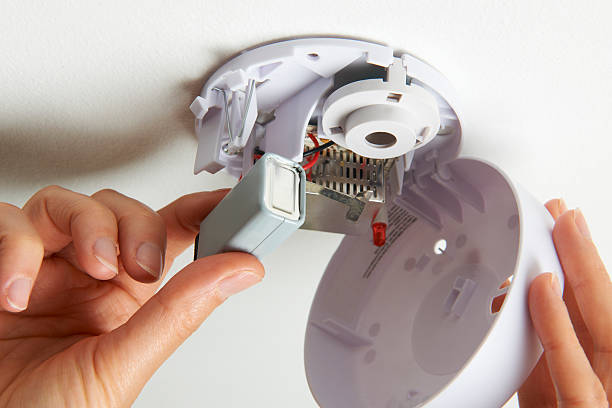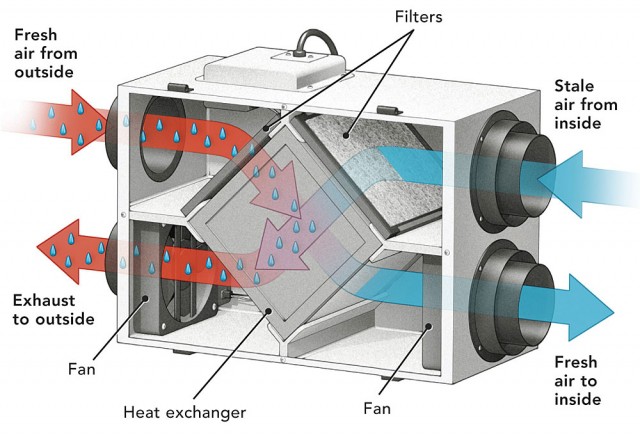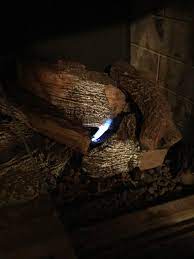Smoke Alarms – A Sound You Can Live With
April 6, 2022 Around The House

Each year, many people in Canada die in fires that can be prevented with working smoke alarms. It’s not enough to just install smoke alarms; it’s important to have them where they are needed and to make sure they will work properly if there is a fire in your home.
New Smoke Alarms
- When purchasing new smoke alarms, make sure you buy the right type for the right locations in your home. Generally, a photoelectric smoke alarm will not cause problems near the kitchen area.
- Make sure to read the instructions! Location, maintenance, and proper usage information is included in the instructions with a new smoke alarm.
- Contact your local fire department if you have questions about purchasing new smoke alarms.
- Smoke alarms should be placed on every level of the home, and preferably in every bedroom.
- Consider interconnected smoke alarms (when one sounds, they all do). There are both hardwired and battery operated options available.
Every month
- Test your alarm whether it is battery powered or hard-wired by pressing the button on your smoke alarm and keeping it pressed down. The alarm should sound.
- If your alarm has no button, it is outdated and must be replaced.
- Follow the manufacturer’s instructions on testing and maintaining your alarm.
- Check the expiration date on hard-wired smoke alarms.
Twice a year
Change the batteries in all smoke alarms twice a year or follow the manufacturer’s recommendations for changing the battery.
Every two years
- Take the cover off and clean it with a damp cloth.
- Carefully vacuum the inside of the alarm.
- Put the cover back and make sure the alarm is working.
Every 10 years
- Replace your smoke alarm. Some models last as little as 5 years.
- This includes battery operated and hard-wired alarms.
- All smoke alarms have an expiration date.
If the smoke alarm is not working
- Is the smoke alarm making a chirp every few minutes? Read the instructions; it may be faulty or need a new battery.
- Try replacing the battery.
- Check fuses and circuit-breakers, or call an electrician. There may be an electrical problem in your home.
- If these steps do not help, the alarm may be defective. Replace it immediately.
- When you take out the alarm battery, always replace it with another one immediately.
Fire safety also depends on every member of the household knowing what to do and having an escape plan. If you do not have an emergency plan, take a few minutes to create one today.
These tips have been brought to you by Public Safety Canada in cooperation with the Canadian Association of Fire Chiefs.





